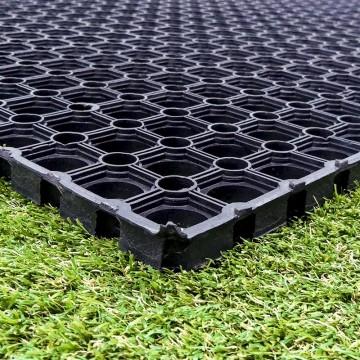Leaderboard
Popular Content
Showing content with the highest reputation on 11/20/18 in all areas
-
2 points
-
To you son, a fivver each. Welcome Cherished New Member. In relation to the GCN issue (May their presence be blessed and sanctified in the annals of ecology) here is a reading list. I would not wish to be seen to be advocating illegal behaviour. Let me, however, describe common local practice, witnessed by me. At least one, preferably two full years before you are likely to apply for permission, tip pig manure into the offending pond(s). Problem sorted. Cost £0. Or do what I did last century (1980s) - not object to your children bringing GCNs to 'our' ponds. And then look after them. Leave a few random areas of land around the place completely undisturbed. Lots of cover, no disturbance. Apply for PP. Get shafted (see reading list) And then pay a good few thousand. In our case to an incompetent but qualified ecologist. It took him several months to tell me about an email he had telling us that it was OK to start work. Dont misunderstand that tale of woe. I have observed the terms of our license to the letter. We have taken more care of them than needed. We were asked to put in 1 hibernacular (shelter). We have already made 4, one or two more to go..... We encourage them at every level. They sometimes walk over our kitchen floor, and get growled at by the cat. They are beautiful. Baby newts are like walking flecks of jade: rarely seen, delightful things.2 points
-
2 points
-
2 points
-
The last few days has seen me installing the flue for the wood burning stove. First put up some scaffold and remove a few roof tiles Cut a hole and put the flue through the roof, shown here after the first row of tiles was put back. It is worth noting some detail. I wanted to retain as much air tightness as possible, but flamable materials (the wood fibe sarking board) must remain 6cm from the flue pipe. Solution: An insulated sleeve. Obviously this is made of non flamable material, and is >6cm thick so this can be made a snug fit through the wood fibre, and any gap sealed with foam. Here is the flashing on and tiles put back The flue then runs down through the bedroom, down through the kitchen into the stove. The cover plates cover up the holes that are at least 6cm larger than the flue in all directions. And the test firing And now a few questions: I am going to need a heat shield plate up behind that flue downstairs. Does anyone know where I can buy one that does not cost an arm and a leg? (seen prices of about £250 so far)? And I expect the bedroom with the flue pipe is going to need a CO alarm. Are there any regs saying how close to the flue it needs to be? In particular with the flue going so high up the room does the CO alarm need to be that high? (Is CO lighter or heavier than air?)1 point
-
That would be a bugger of a job with normal pipe insulation but you could try pipe insulation tape. It's only 3mm thick but would be better than nothing. Here's a link but shop about. https://www.amazon.co.uk/Armaflex-Pipe-Insulation-Tape-50mm/dp/B0069R66BA1 point
-
1 point
-
The naked TS actually has a jacket on it already - the tank is inside the outer shell that will be insulated. All the pipework should be insulated - probably put that down to them not being fully “focused” after a night on the Belhaven .....1 point
-
So that’s a 300mm straight into the stove, 45 degree elbow with a sweeping access, and then a 45 back up into the register plate. All within regs and perfectly reasonably assuming you keep 3 x D from that oak mantle. Just check the door and the hearth though as that may be a limiting factor.1 point
-
I hope the removal and completion goes well tomorrow. Enjoy the new house... Have a great holiday1 point
-
There may also be structural issues with plastic which over time might 'flow' if under high and continuous load.1 point
-
There is a limit of 4 bends in total for a flue system. Can it come out of the back and then turn rather than coming out of the top? In what way is it too far back? too tight for manufacturers clearances or just aesthetics?1 point
-
No reason why you can’t have a pair of 45 bends before a register plate unless the chimney also has bends in it too ...??1 point
-
Not read it all but this might help. https://www.hetas.co.uk/wp-content/mediauploads/BFCMA-General-Guidance-10-12-12.pdf we have two 45’ bends but above the fireplace behind the chimney breast and that works ok.1 point
-
I am not speaking with any authority but I have seen all manner of set ups and to conclude I think WBS are very forgiving. Just the other day I set up one in a shed for an event..... just plonked it on the ground, put a flexi pipe on it and wired it up to the door frame..... total hash but it worked great. When we were finished I took of the flexi pipe and shoved the stove back under a tarp for storage. Can you fit the pipe to come out the back of the stove ? You need to be able to clean the flu from inside the house, usually they have a T at the bottom with an access hatch to put the rods up. What you don’t want is to create an area that ash can accumulate and potentially block the flue.........1 point
-
You can set the command unit to report different temperatures; I have mine set to report the flow temperature. There is very definitely a setting that's awry in the command unit programming - if I was able to access ours I could sort this for you in a few minutes by just reading out the parameters from ours so you can try exactly the same ones in yours. I'm near-100% certain that this is just a parameter setting that's awry, that's setting the heating flow temp to 25 deg C. These things have a myriad of interactive settings, and it seems highly likely that one or two of these aren't set correctly for what you want to do. Sadly the settings aren't well documented, they could do with more descriptive text as to EXACTLY what each parameters does.1 point
-
1 point
-
1 point
-
1 point
-
1 point
-
We use these guys. Limited delivery area, but presently they do 10 packs for £50 delivered (ordered Sunday night, delivered by their own van about 10 mins ago - same driver who delivered three years ago!) You can't order more than 10 packs at the moment due to the shortage. The salt shortage is apparently due to two of the main production facilities for this product having been offline for the last couple of months. They're hoping things will be back to normal by the new year.1 point
-
That’s not plumbing, it’s a design statement! Wow, so neat and precise. It deserves to be on display, not locked away!1 point
-
What I did with my sole plate was to attach it to Marmox insulating blocks. there's also Foamglass blocks you could use (which I found to be a bit more 'brittle' in that any gorilla onsite could easily take a few dinks out of them). To further reduce condensation risk, I will be insulating the outside of the SIP panels with additional insulation - an 'insulation skirt' around the sole plate on the exterior side. You could also ask your SIP supplier for advice, but likelihood they will just stare at you blankly.1 point
-
1 point
-
I understand the conventional expression is “well hard”. Particularly applicable to boreholes in chalk.1 point
-
No it's barely warm to the touch, quite safe. The rules say it has to remain 6cm from combustible materials but there is no way it is hot enough to do any harm. You have to box it in if pt passes through a loft, but not where it passes through a room.1 point
-
The point was to use the wifi calling option so your phone contract minutes can be used without a mobile signal if you have wifi available, and you can send and rciv texts by wifi as well. Definitely works out cheaper for calls than the landline.1 point
-
1 point
-
1 point
-
1 point
-
If you fill it in, it will save you a fortune in skips ? we had to dispose of 150 tons of clay.£££££££. Our current problem in our new build is Storing veg somewhere cool (we drink the wine too fast to store it!).1 point
-
1 point
-
The idea, I think, is to tank it and use it as a wine cellar, as in the photo. I can't see any obvious reason why setting some rings in the deep end of the old pool, tanking the outside of them, with a basement membrane underneath and running up the outside to above DPM level, shouldn't work just fine. There will be a bit of heat loss via the hatch, but that could be mitigated with a better insulated access hatch design.1 point
-
I think Temp is a bit optimistic. That 140 kPa is presumably the BS EN 826 value (it is for Celotex XR4000) which is for 10% compression. If you have 200 mm of foam under the door you'd be a tad disappointed to find it moving up and down by 20 mm every time you slide it. Also, the weight is obviously important but you've also got to consider the forces as the door moves, the weight of hefty people stepping on the runners as they stagger in and out… I think you'd want it bearing on a minimum of 20 times that area (10x to reduce the compression to 1% then double it for the extra forces).1 point
-
1 point
-
So here is the reply... NOTE is asked for a quote for a 4KW in roof system, they quoted for a 3kw system!!! We could supply the following IN-ROOF 3kWp Solar PV Kit systems; Solar PV Kit Options 14 x Canadian Solar Mono 280W (All Black) solar panels 1 x Solis 4.0kW Dual tracker inverter 1 x GSE Integration in-roof mounting kit (2 rows of 3 in portrait and 2 rows of 4 in portrait) 1 x All cables, clips, generation meter, AC/DC isolators 1 x Delivery to site £3,995 inc VAT As above but using 14 x JA Solar 295W (All Black) solar panels for £4,195 inc VAT As above but using 14 x QCells 305W (All Black) solar panels for £4,295 inc VAT Optional Extras Geo Solo 2 Wireless Display - £145 inc VAT iBoost Immersion control unit - £345 inc VAT1 point
-
NEW ENTRY 4 weeks after we hoped to have it, our warrant was finally approved. Another weeks delay waiting for the digger driver, but finally work has started in earnest on site. Strip foundations were dug and concrete poured the following day. A minor set-back during the pour, a hydraulic line split on the mixer forcing it to shut down. An hour later after the mechanic had brought out and fitted a new line, the job was finished. You’ll note the lack of a digger on the concrete pour. 4 men - 2 on barrows,1 spreading in the trench, 1 tamping and levelling the concrete off. It’s the fastest I’ve seen strip foundations poured. Having finished the pour, the concrete was floated to a smooth finish. Not normally required with block foundations but as we are building with ICF, it’s important in ensuring that the base blocks are level. The ICF (Amvic) system blocks that we are using are formed from two sections of 65mm EPS separated by 150mm plastic webs to form a hollow core for the concrete. The plastic webs are embedded in the EPS for rigidity. Here is a close up of the block: Note the teeth on the top and bottom edges of the EPS, these ensure the blocks securely interlock with each other. The markings on the side of the blocks are to aid cutting and are set at 20mm intervals. So, after measuring and setting out, the first course of ICF blocks were laid. These were half blocks, a full block having been cut in two with a table saw so that there was a flat edge to sit on the concrete strips. A second full course followed, taking us up to just above finished floor level. The pour to fill the hollow core of the blocks took 1 hour. C35 concrete had waterproofer and steel fibres for strengthening added to the mixer. You can see the steel fibres here: A hoistable skip was filled by the concrete mixer and lifted by crane. Again, a team of four worked their way round the foundation, releasing concrete from the skip into a ‘funnel’ which ran on metal rails fitted over the top of the ICF blocks. The rails allowed them to quickly slide the funnel along the ICF block wall, filling up the core as they went. 2 men worked the skip and funnel, while a third, following immediately behind, used a vibrating poker in the core to agitate the mix and encourage settlement. Every segment of the block (as separated by the plastic webs) had the poker treatment. My builder followed round, running a line the length of each wall, bracing it where required to ensure the finished wall was straight and true. The finishing touch was floating the surface of the concrete in the core to a smooth finish, to aid the painting on of a radon barrier. Next entry - Upfill, insulation UFH and slab1 point
-
Originally published on the closed forum March 2016. In submitting our planning application, I had purposefully had the external walls and roof depth drawn as 450mm thick, reasoning that this would let me investigate construction costs for a variety of different construction methods. First port of call was MBC, but our geographical location meant that was a non-starter for them. Next, I got in touch with Danwood, who were happy to travel and build on Orkney, but were not prepared to build what they described as a complicated roof engineering design, and were unwilling to use metal as a roof covering. Having previously built timber frame houses (kit and stick built on site), it was only natural for me to price this type of construction, so I obtained a kit price from Scotframe for their Valutherm system. Their basic and super insulated kit prices were in line (per m2) with the prices on their website. There was however a significant uplift (about 20%) to form a vaulted space high enough to accommodate the mezzanine /full height over the living area. I put the plans and a detailed written specification out to tender, approaching four separate contractors. Two would price for a timber frame build, based on the Scotframe kit, and two for an ICF build. We were fortunate in this regard as ICF has been used on Orkney for a number of years, has established itself in both the social and private sector, and is respected and understood by local surveyors and estate agents. It took around 9 weeks to get all of the prices back. One TF contractor was very honest in saying that he wouldn’t be able to start work until at least the middle of 2016 due to other commitments (and I have since heard he is not taking on any new work until 2017). He had priced at a significant premium and was therefore ruled out. The others were all able to work to my planned start date, and had come back with prices, which although more than I had originally budgeted, could at least be worked on. I spoke to a number of locals obtaining references, identifying my preferred contractor (ICF) from that process. I thereafter visited two of his ICF builds, one in the early stages of construction and one near completion. I was very impressed by what I saw, both technically in terms of what ICF could offer, and in relation to the construction and final finish. It was clear from viewing his work, that he paid a lot of attention to detail and took a genuine pride in his workmanship and that of the small group of tradesmen he employed. The icing on the cake was that we got on and were comfortable with each other. I decided to progress our project with this ICF contractor and commissioned a building warrant submission, so the contractor would have enough technical detail to give me a final price. On previous builds I had always prepared and submitted the warrant myself, but I was persuaded to use a local surveyor, as he had a good knowledge of the system and all the relevant information to hand. The cost of going down this route was reasonable so I came to the conclusion that although I could get all the information myself, the extra time it would take me to pull everything together would probably outweigh the savings of doing myself, as we’re currently in rented accommodation. As part of this process, we revised our plans slightly, rejigging the layout of the bedroom section and bathrooms (and in the process reducing the footprint slightly), amended some window sizes and positions, re-positioned the staircase and mezzanine. In a minor wobble moment of 'have we got the design right' we also looked at re-positioning the rear section of the house to reduce the area of dead space between the two sections of the build (effectively moving the stagger), but couldn’t develop a revised layout that didn’t involve compromising other things that were of greater importance to us. We had planned a mix of concrete tiles and profile metal sheeting for the roof, but concerns regarding profile sheeting, and the additional costs of a standing seam roof made us think again. Purely by chance we passed a house under construction which like ours, had a mix of render and timber cladding but was under an all tile roof. The finishing touch, which tied the roof to the differing wall finishes and gave the house the look we were after, was the use of a local verge treatment – lead covered skews. Having a passionate hatred for the look of dry verge systems, this was the perfect solution and should ground the house as a modern interpretation of the local vernacular; After consulting with our planning officer, the changes were accepted as a Non Material Variation. We were fortunate as changing to an all tile roof was acceptable within the conditions specified in my original planning permission. The house now looks like this; Main plan without spec and name - A1.pdf Mezzanine & Sections without spec and name - A1.pdf I’ll go into costings and technical detail later in the blog as we're still finalising some elements / finishes. Our building warrant was submitted at the end of January. We had hoped to have it back by now (end of March) but additional calculations were requested in respect of the roof and a couple of other minor queries have delayed us slightly... Next entry - Delays1 point
-
Originally published on the closed forum, March 2016. So armed with our ideas, and having read through the guidance documents on housing in the countryside http://www.orkney.go...Countryside.pdf http://www.orkney.go...ctober_2013.pdf I contacted the council to see if I could speak to the planning officer who had dealt with the outline planning application for the site. Having read all of the comments on here about pre-planning processes, I was pleasantly surprised to find that Orkney Islands Council still operates the very sensible informal approach, whereby you can pick up a phone, talk to a planning officer or meet them to discuss and refine ideas prior to submitting a full application - no need for a pre-planning application and no charge. I did actually ask the planning officer in question about this and she advised that they had looked into such a system, but concluded it would create more work, cost them money and frustrate applicants. So, having run my ideas past the planning officer, she was very supportive and suggested I provide some sketches. To avoid spending any money at this juncture, I downloaded Sketch-up and set to work rendering images of the house. It didn't take long getting to grips with the software, and allowed me to produce a series of images which I was able to send to the planning officer for comment. 3D landscape images Ebuild.pdf Elevations (Ebuild).pdfElevations (Ebuild).pdf I have to say this was a very useful and helpful way of visualising the build and developing ideas. Again, the planning officer was very supportive. Having looked at the general style of the house, I started developing and refining my ideas about the internal layout. Whilst our last house had worked really well for us, I wanted to learn from it and (hopefully) avoid some of the minor niggles. Having carefully assessed how our last house worked, we concluded the following; Utility room needed to be a little wider, ideally with vaulted / raised ceiling to accommodate a clothes airer / pulley. Of the two living areas we had, one was used 95% of the time. The main use of the second living area was as a space for someone to go to read a book etc, so a large second room wasn't required, only a suitable escape space. Not having a dedicated study was a pain. I also had to incorporate a small but challenging wish list from my good lady; The kitchen had to have an island (a peninsula was not acceptable). A mezzanine of some kind had to be incorporated. The latter requirement for a mezzanine dictated in large part how the design developed. Vaulted ceilings above the height I could achieve with a raised tie or scissor truss were required, as was space for stairs, and the ability to look down from the mezzanine to the main public areas. In the end we came up with the following layout; finished externally with a mix of render, timber cladding, tile/slate and metal roofing, to reflect the dual building style of the dwelling. I had the plans drawn up and properly scaled by someone I found on a freelancing website. DB1509-01 - Site 1 - Orkney - Proposed Plans - Redacted - Rev0.pdf DB1509-02 - Site 1 - Orkney - Proposed ElevationS - Redacted - Rev0.pdf DB1509-03 - Site 1 - Orkney - Proposed Elevation and Sections - Redacted - Rev0.pdf DB1509-04 - Site 1 - Orkney - Proposed Location Plans - Redacted - Rev0 (1).pdf and duly submitted them for approval. We received one objection which thankfully only related to concerns about construction traffic, which was withdrawn after I spoke to and reassured one of our new neighbours. Nine or so weeks later, we got our approval and got ready to put the job out to tender. Next entry - Tendering1 point
-
Ha, it’s just turned itself off, no error codes so I suppose it’s fulfilled it’s heating requirement, but it’s not 40’ !!!!!, still 25 -26.0 points
This leaderboard is set to London/GMT+01:00




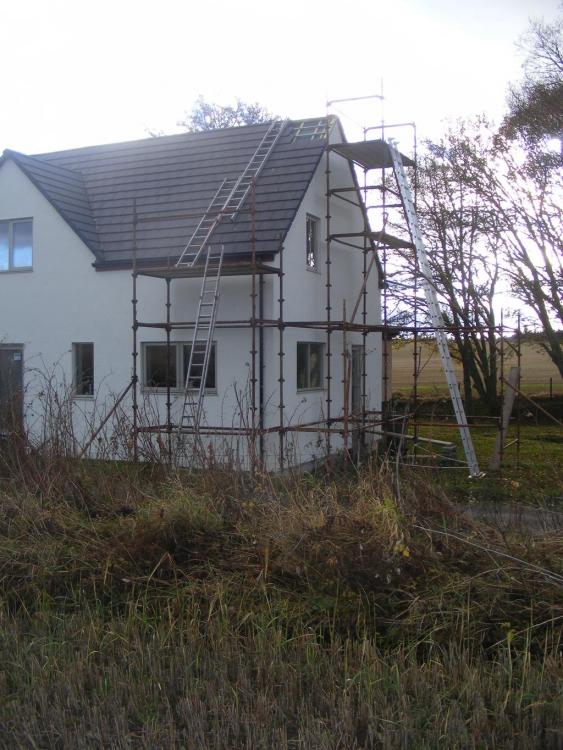
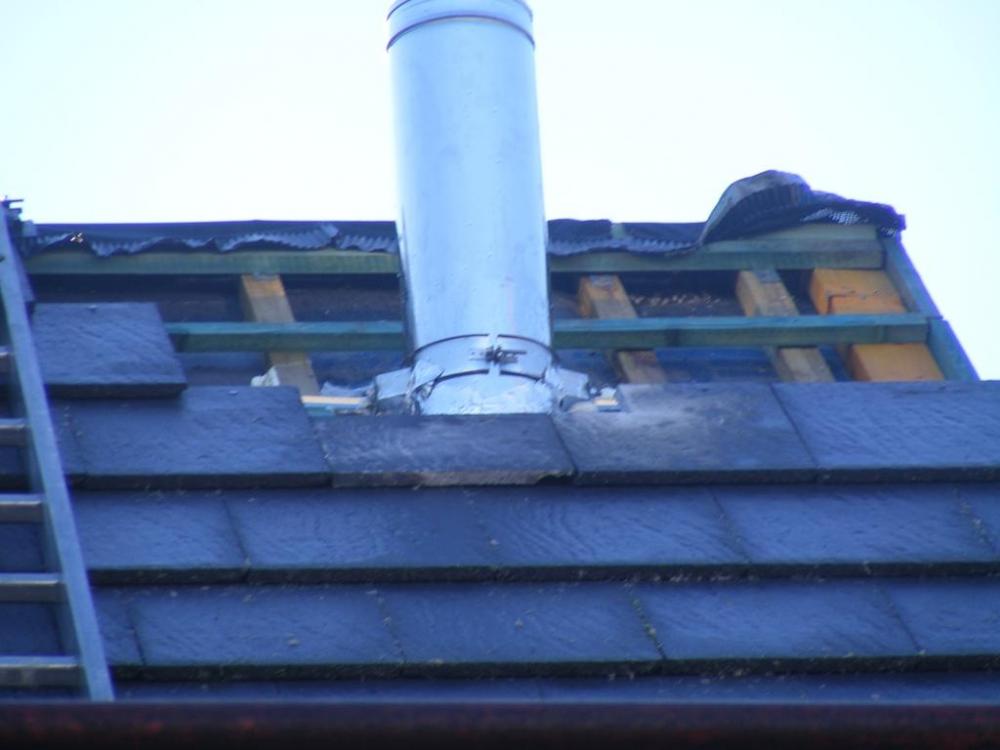

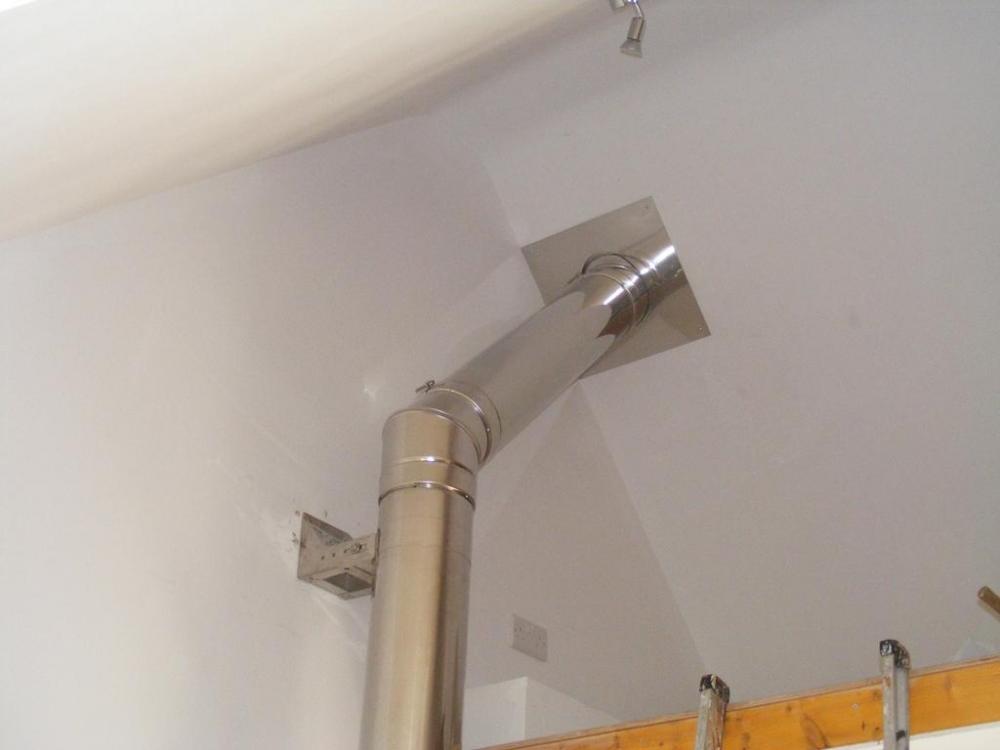

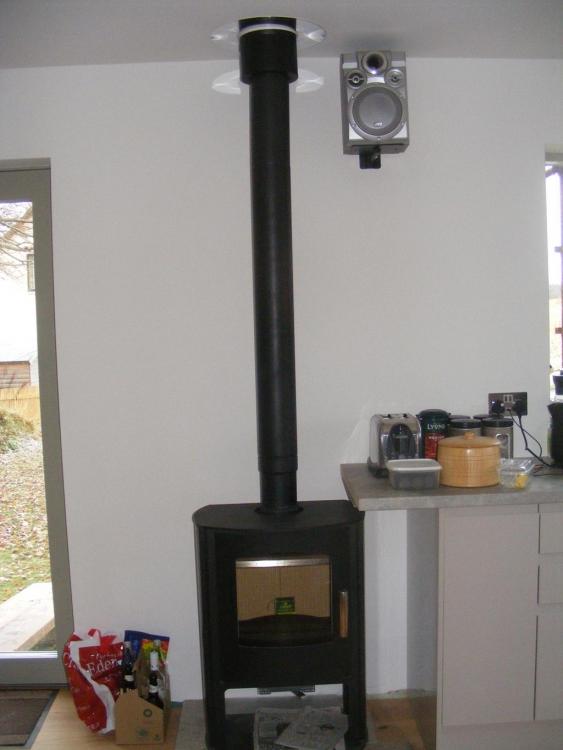

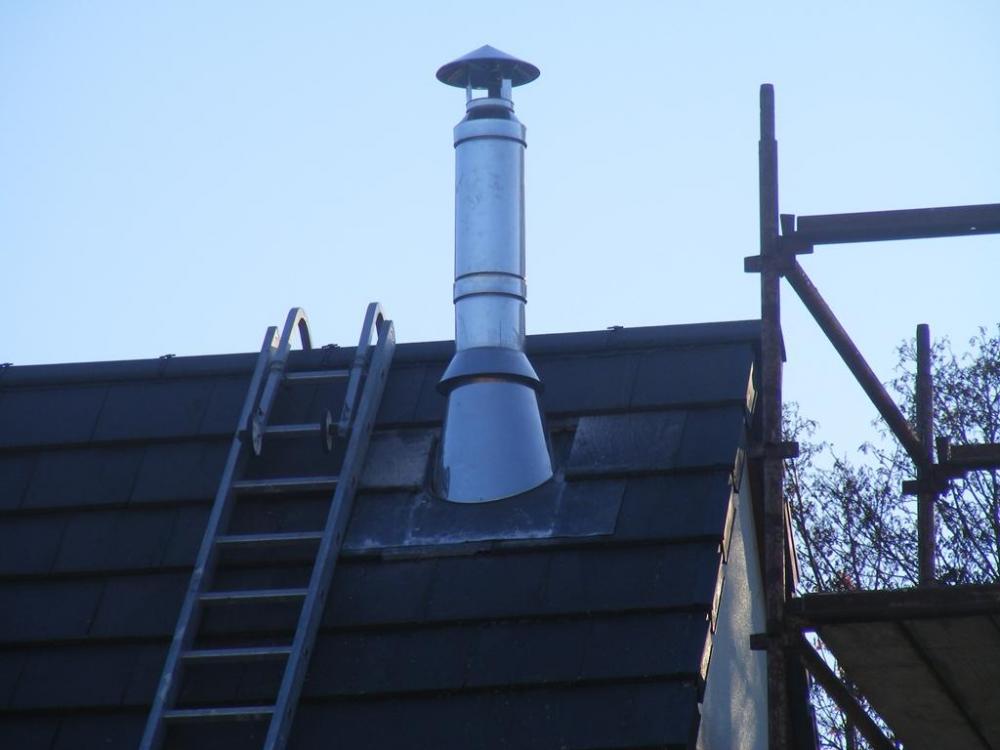






.jpg.c21f3ac78c9b7efd90cbdcb312744dc5.thumb.jpg.7adcad4c0e384f5ecd7d56b0618df6e5.jpg)





